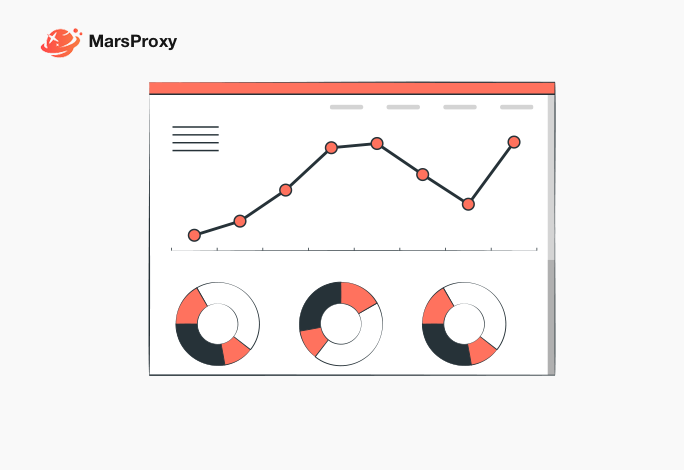 Mars proxy
Mars proxy
Layanan agensi
Unduh Win

IP kerja pendek, 100 juta+ lP nyata di seluruh dunia
Mulai dari: $0.77/GB

Proksi Residensial Statis
lP stabil jangka panjang, kinerja unggul
Mulai dari: $5/BULAN

Proksi Pusat Data
LPS stabil jangka panjang, solusi hemat biaya
Mulai dari: $4.5/BULAN


Rencana tersebut tidak memiliki tanggal kedaluwarsa dan dibebankan berdasarkan jumlah IP, dengan masing-masing waktu penggunaan IP hingga 24 jam
Mulai dari: $0,045/IP

Proksi ISP Berputar
Statis (lSP) Proksi Perumahan
Mulai dari: $0.66/GB
Agen berkualitas tinggi
Harga terendah
Unduh
Pengumpulan data

Riset Pasar
Menganalisis pasar & mengumpulkan informasi dari setiap ceruk pasar

Agregasi Perjalanan
Bandingkan harga dan dapatkan keunggulan kompetitif secara langsung jauh

Media Sosial untuk Pemasaran
Kuasai ruang industri Anda di media sosial dengan lebih cerdas kampanye, mengantisipasi tren besar berikutnya

SERP dan SEO
Optimalkan kehadiran digital dan raih posisi Anda di tangga kesuksesan dari kesuksesan

Pengikisan Data
Gunakan kekuatan data web untuk memperbaiki dunia

Sepatu Kets & Tiket
Tingkatkan permainan ritel Sepatu Kets Anda tanpa batasan atau pembatasan.

Penjualan & E-commerce
Kumpulkan data harga pada setiap produk di seluruh web untuk mendapatkan dan mempertahankan keunggulan kompetitif

Teknologi Iklan
Lindungi merek Anda, verifikasi iklan, dan jalankan manajemen iklan waktu nyata. kecerdasan untuk kampanye berbasis data yang dioptimalkan

Perumahan (Socks5) Proksi 0 IPs
Aliran Perumahan Berputar 0 GB
Statis (ISP) Proksi Perumahan 0 GB
IP Perumahan Statis 0 IPs
IP Residensial Pusat Data 0 IPs
 IPMARS SOCKS5 IP : Free
IPMARS SOCKS5 IP : Free

 residential IPs: Secure, Fast and Perfect for your needs!
residential IPs: Secure, Fast and Perfect for your needs!








